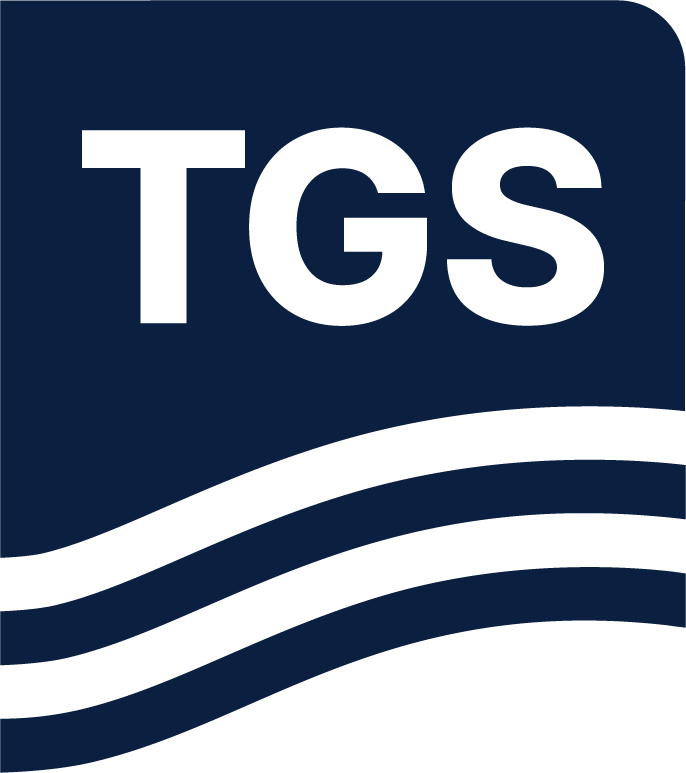Paper Summary
What if we could produce a product needed for hazard analysis without acquiring new data? What if we could cover an area 10 to 20 times larger than the one of 2D HR seismic surveys, and with a full 3D perspective? What if we can perform this at any time we needed it? Having such a solution can have several advantages: there will be more time available for well trajectory design; the same geohazard products can be used for more than one well over the licence area; no dependency on weather condition; a more environment friendly solution as no new data set needs to be acquired. In this paper one such solution is proposed, explained in detail and illustrated with case studies.
Our proposal is based on an advanced imaging (migration) solution which can produce a high-resolution image using existing multi-sensor streamer data instead of acquiring an expensive site survey. Separated Wavefield IMaging (SWIM) is an innovative technology that takes advantage of the extended illumination provided by sea-surface reflections. The concept of SWIM is to use each receiver as a “virtual” source, expanding the surface coverage of the seismic experiment and enhancing the subsurface illumination, particularly for shallow reflectors. As a result, the equivalent survey provides an image with greater sampling both in terms of spatial extent and angular diversity. The multi-sensor nature of Ocean Bottom Surveys (OBS) acquisition means SWIM is also a powerful tool for OBS surveys. Using reciprocity, SWIM benefits from extended illumination, beyond that of the receiver array.

